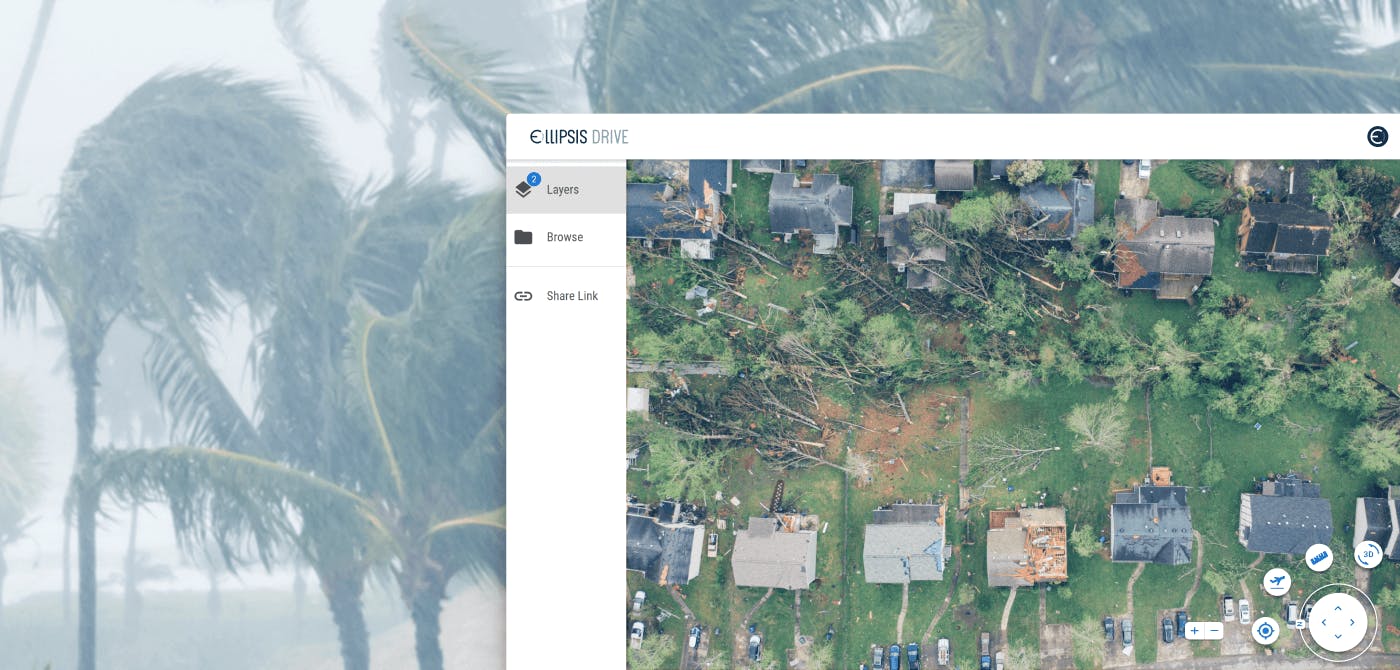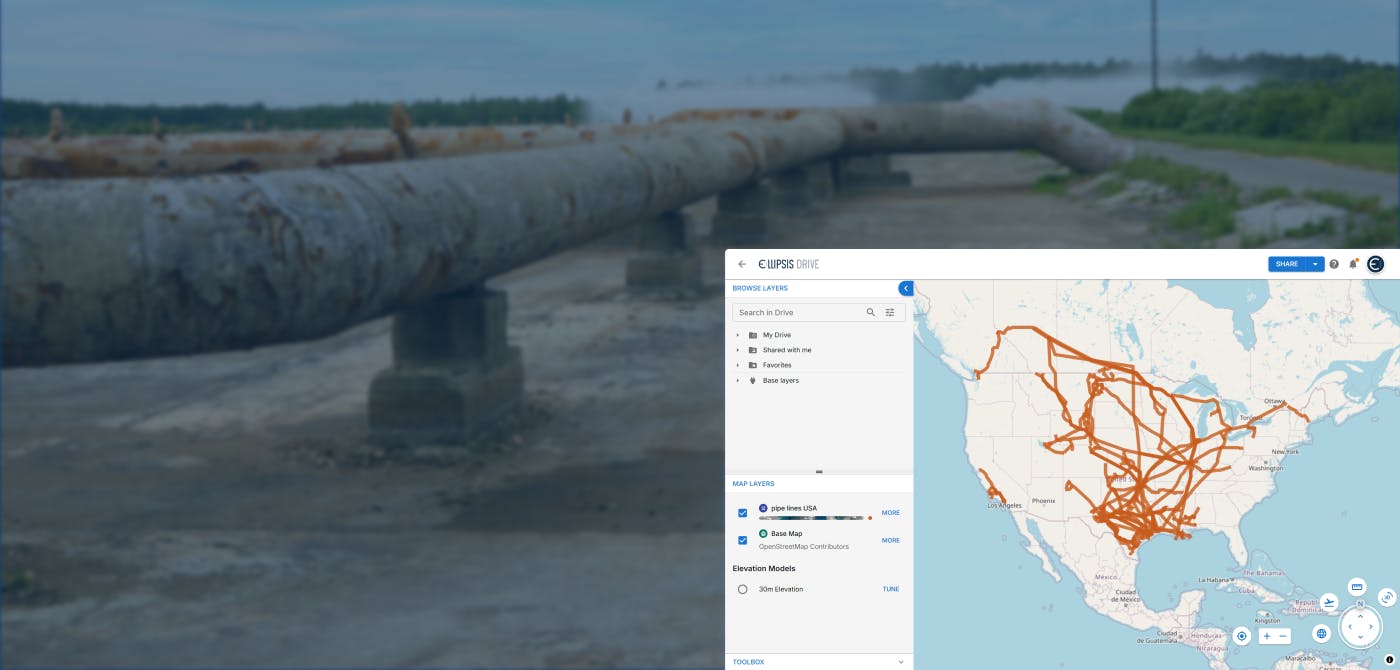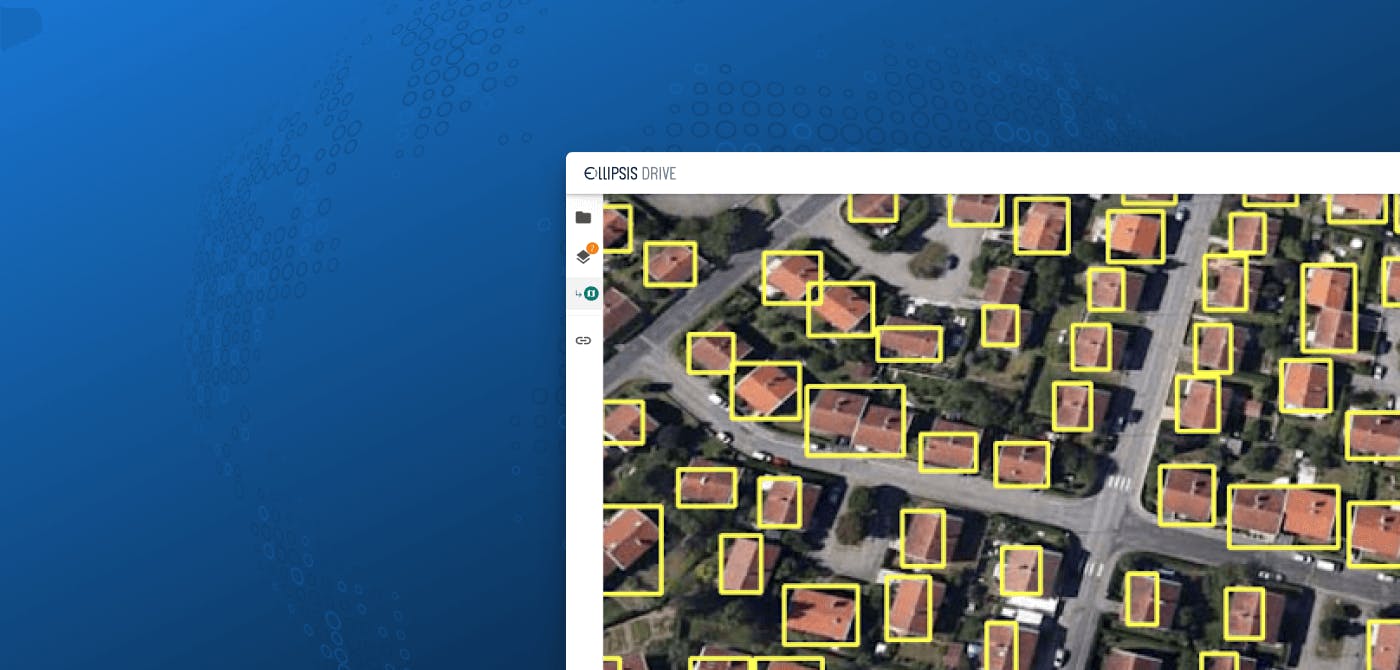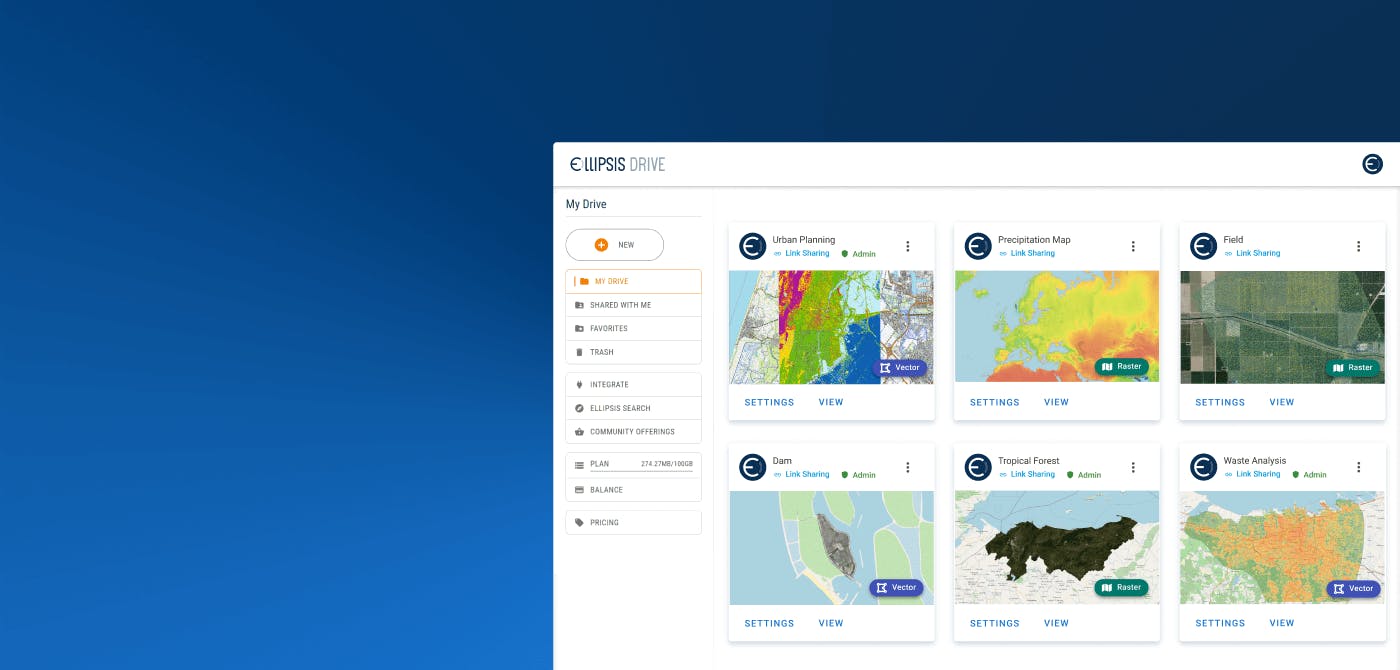Insurance Analytics
Use Case
ClimateTech to the Rescue | 80.20: Actionable Climate Insights

Contents
Introduction
Natural catastrophes and climate change have accelerated in pace and frequency, and so has the need for solutions to combat this growing threat. A proactive approach is needed more than anything else.
ClimateTech is one such vertical that has emerged in recent years as a response to the above need.
In this article, we’re going to explore the ClimateTech vertical in detail. We are also going to shift our focus to 80-20, a company that creates actionable climate insights that helps businesses manage climate related risks and make sound business decisions.
Stay tuned!
What is ClimateTech?
Technological advancements have seeped into every possible economic structure. It has affected financial services, transportation and countless other avenues. Let’s not spend too much time boasting about our brilliance in that aspect. Let’s just say this - we are in the midst of an incredible information age.
Simply put, ClimateTech is the use of technological advancements in order to tackle the growing and very real threat of climate change that looms over us.
This has to be one of the best possible innovations and applications of the technology we have at our disposal, right? How can it not be? It is saving the Earth and everybody that inhabits it. What could be more important than that?
The application of ClimateTech can be classified into 3 broad categories that help combat climate change and global warming -
- ClimateTech helps mitigate and reduce the emission of greenhouse gasses that contribute to the rising temperatures of the planet. The cascading effect of this is rising sea levels, forest fires, droughts etc.
- ClimateTech helps us adapt to the climate changes that are occurring. Climate change and global warming has a direct impact on the operations of businesses. And frankly, it is only a matter of time that the effects are felt on an individual level. We can prevent ourselves from being the dinosaur of our times by leveraging ClimateTech to equip ourselves to the changing landscapes.
- ClimateTech helps us prepare for the future. You can’t predict the future (thinking that we can is an insult to nature), but we can indeed prepare for it. There are countless ClimateTech startups that are building innovative models and dashboards powered by machine learning that help us better understand global warming and climate change.
Location Intelligence in ClimateTech
We would like to draw your attention on one particular trend in ClimateTech that is turning out to be quite useful to say the least. Location Intelligence is seen as a great value addition in the overall evolution of ClimateTech.
Briefly speaking, Location Intelligence implies the use of spatial data in order to draw insights that can be used for better decision making.
In this particular case, a combination of ClimateTech and Location Intelligence creates an intersection of spatial data, business intelligence and climate analytics.
Countless new age ClimateTech startups are leveraging Location Intelligence in order to create unique geoanalytical solutions. It adds a new dimension to our understanding of climate change, or rather the consequence of climate changes that are occurring and helps in creating a ‘bottom-up’ view of the situation.
Some examples that come to mind are trend analysis of droughts in a country or state, forecasting impacts of flood, change analysis for identifying deforestation trends.
If you’re interested and spatial data excites you, check out this simple use case where we demonstrate how to calculate the risk of a property being hit by a hurricane.
Moving on, in the next section we’re going to shift our focus to the work of a ClimateTech startup.
80-20: Actionable Climate Insight for Risk Management
80-20 is a US based company that creates actionable climate insights for better risk management. They leverage machine learning and geoanalytics to build long term climate forecasts and CAT models (natural catastrophe) with a keen focus on severe convective storm, hail, tornado, wildfires, and floods that are on the rise in recent times.
Insurance companies are the worst affected by natural disasters with losses racking up to trillions of dollars. 80-20 caters to these insurance companies and helps them in their underwriting processes which helps mitigate and manage their risk. In the process, they empower companies to tackle the threat that these unpredictable climate activities pose and help save lives and the global economy.
Insurers are extremely disheartened by the quality of data and the eventual end product that they are used to working with. Unlike most models, 80-20 doesn’t only use the past to predict the future. They use machine learning and AI models that take into consideration emissions forecasts and meteorological factors in conjunction with urban and nature variables to create unique correlations that are statistically significant.
It is about time we acknowledge that nature is not linear.
Insurance analytics is all about understanding risk and everything about it. Understanding risk overlaps, risk appetite, risk diversification and risk mitigation amongst many others at a granular level. That is exactly what 80-20 has to offer. It creates risk scores/profiles delivered in the form of raster files. It creates scenarios and timelines that help on the tactical as well as strategic front.
How does Ellipsis Drive help ClimateTech startups?
We’d like to take the above use case of 80-20 to demonstrate how Ellipsis Drive adds value to the ecosystem.
Ellipsis Drive is the world’s first interoperable drive for spatial data. With spatial datasets growing in their appearance in the information, it is imperative that a stable platform is available for the consumption and management of these solutions.
Ellipsis Drive provides a platform that truly enables and operationalizes spatial data-powered solutions. Ellipsis Drive is able to convert raw spatial datasets into a live web map that can be easily managed through our web viewer by stakeholders of different technical abilities.
In the case of 80.20, Ellipsis Drive acts as a tool for hosting and visualizing actionable climate insights in an easy-to-consume format. It serves as a ‘proof-of-concept’ for 80.20’s business development team by helping potential clientele to get a taste of their service..
Another key aspect is centralized access and versioning. Data analytics is often a collaborative effort with countless organizations and stakeholders working together with different datasets and softwares. Ellipsis Drive is able to neatly bring it all together under one roof so that it can be easily managed simultaneously.
Check out our solution if this is something your business may benefit from.
Closing Thoughts
The world is changing. The climate is changing. Business outlooks and solutions are changing with it as well.
ClimateTech startups such as 80.20 are one of many that are leading the way and setting the benchmark for where the ecosystem is heading towards. That is the only way we can emerge victorious in the fight against climate change.
Ellipsis Drive is delighted to be a small warrior in the fight against climate change and help drive positive change.
Liked what you read?

Subscribe to our monthly newsletter to receive the latest blogs, news and updates.
Take the Ellipsis Drive tour
in less than 2 minutes'
- A step-by-step guide on how to activate your geospatial data.
- Become familiar with our user-friendly interface & design
- View your data integration options

Related Articles

Tackling Land Subsidence with Ellipsis Map Engine
Pipeline infrastructure is central to the Oil & Gas industry, enabling the safe and efficient transport of resources across long distances. But this infrastructure faces constant threats from natural
5 min read

Opportunities for the Insurance Industry (2023)
What is the difference between a challenge and an opportunity? It could be argued that they are one and the same. That a challenge is just an opportunity in disguise. In need of someone to innovate a
7 min read

How to Build a Spatial Data Catalog
Let’s start off with a hypothetical example. Say you are the manager of an Amazon warehouse and you receive an order to ship a book (maybe The Salt Path by Raynor Winn). But none of the million thing
5 min read